Research Aims
Our research aims to improve the efficacy of Augmentative and Alternative Communication intervention for persons with severe speech and language impairment as a result of developmental and acquired conditions. Our research primarily focuses on adults with neurogenic communication disorders such as aphasia and children diagnosed with autism and other developmental disabilities. To accomplish these lines of research, the AAC lab is equipped with several dedicated speech-generating devices (e.g., Dynavox, TobiiDynavox, Lingraphica, and AMDi communication devices), stand-alone apps on multipurpose handheld devices, eye- tracking software programs, and a state-of-the-art electroencephalographic-based brain-computer interface (BCI) system.
Ongoing research projects include investigations into the perceived communicative competence of persons with aphasia communicating via AAC devices with various display configurations, symbol identification, the perception of synthetic speech, variables that influence outcomes of interventions with eye-tracking AAC devices, and inquiry into the efficacy of EEG-based brain-computer interface system with persons with developmental and acquired disabilities. See our publications page for our articles on these topics and more.
AAC Lab Research Projects
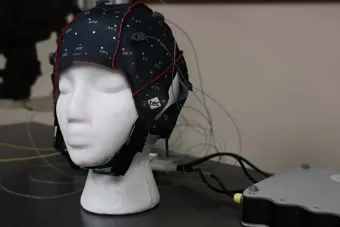
Role of fatigue in brain-computer interface accuracy
The AAC Lab is currently running trials on an Intendix BCI System with typical adults to evaluate speed and accuracy for letter and word recognition. We are also investigating the role of fatigue on BCI selection accuracy using electrophysiological measures.
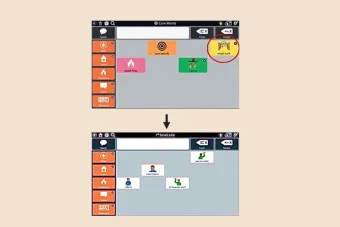
Speech-generating devices for “small talk”
Tiffany Chavers’ work provides preliminary evidence that AAC intervention using a tablet-based speech-generating device with 1) least-to-most prompting, 2) constant time delay, 3) error correction, and 4) reinforcement is effective in supporting requesting and generic “small talk” in children with severe ASD. Here is the multistep touchscreen navigation path used by participants to engage in small talk conversations with a speech-generating tablet.
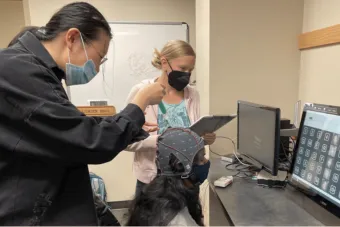
Brain-computer interface accuracy across online keyboards
The Intendix P300 EEG BCI may provide a mode of communication for people who are unable to speak as a consequence of severe paralysis (e.g., ALS, brain stem stroke). Mengxuan is collecting both behavioral and electrophysiological data on selection accuracy for a variety of keyboard interfaces.
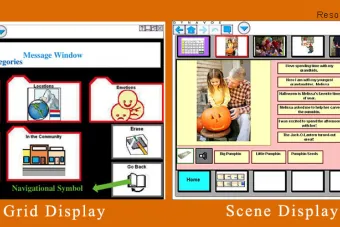
AAC for persons with aphasia
Our Lab and collaborator Kris Brock investigated the effects of interface display and respondent group on listener attitudes toward and perceived communicative competence of persons with aphasia. Our AAC interface study offers a preliminary inquiry into the perceived communicative competence of persons with aphasia who use speech-generating devices. Check out the paper in Aphasiology!
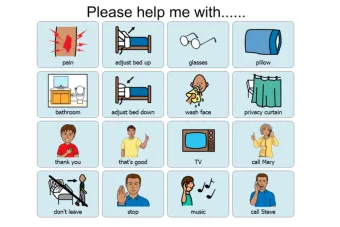
AAC in the ICU
Our 2021 ASHA Poster “Assessing Health Care Providers' Perspectives on Effective Communication and Skill Training in ICU Settings” (Cheng, Koul, Mery, Tarver, LaValley) reported experiences of providers in the ICU, and the challenges they encounter while communicating with nonspeaking patients. The majority of providers reported a need for more effective communication strategies with nonspeaking patients. Could evidence-based Augmentative and Alternative Communication (AAC) practices in ICU settings promote higher quality, more patient-centered care? We concluded that development of online training modules to help health care providers select and utilize evidence-based AAC strategies is a crucial need in ICU settings.
Contact the AAC Lab
AAC@utexas.edu
Jesse H. Jones Communication Center
2504 Whitis Ave
Austin, TX 78712
(512) 471-3841


